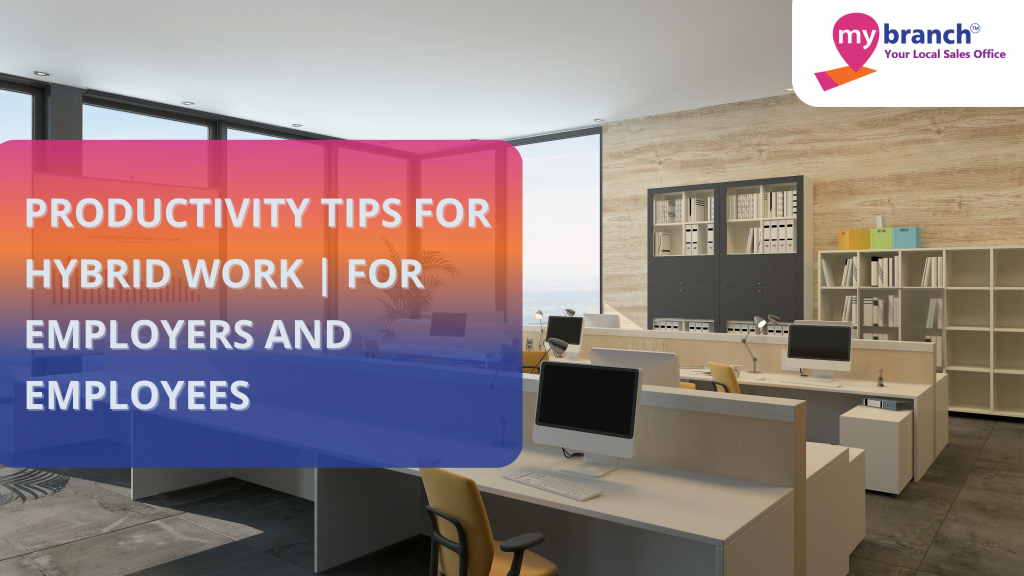
Imagine this: you’re on a video call with half your team in the office and the other half scattered across different time zones, trying to collaborate on a project. It’s a scene familiar to many in hybrid work setups.
One of the biggest challenges? Communication.
In a hybrid work model, employees typically have the flexibility to choose where they work, based on their job requirements and personal preferences such as
commercial office space, and other various co-working spaces. This approach can offer a balance between the benefits of remote work, such as increased flexibility and reduced commuting time, and the advantages of in-person collaboration and communication.
While hybrid work arrangements come with many benefits, they also present unique challenges for both employers and employees. In this article, we’ll explore some of the key challenges of hybrid work and provide tips for navigating them successfully.
Challenges for Employers:
Maintaining team cohesion can be challenging when employees are working from different locations and various managed office space. Communication gaps may arise, leading to misunderstandings and inefficiencies. Ensuring productivity and accountability can also be difficult when supervision is limited. It can be challenging to ensure that everyone is on the same page and feels connected. Also,evaluating the performance of hybrid teams can be challenging, as traditional metrics may not accurately reflect the contributions of remote workers. Employers need to develop new ways of measuring performance and providing feedback.
Following are the TIPS To address these challenges, employers can:
- Establish clear communication channels and encourage regular check-ins.
- Provide adequate technological support and training for remote work tools.
- Implement flexible work policies that accommodate different working styles.
- Encourage team building and social interactions through virtual events or in-person meetings when possible.
Challenges for Employees
For employees, one of the primary challenges of hybrid work is achieving a healthy work-life balance. When working from home, it can be difficult to separate work from personal life, leading to burnout and increased stress. Additionally, some employees may feel isolated or disconnected from their colleagues, impacting their motivation and engagement. Also remote employees may feel that they have fewer opportunities for career development and advancement compared to their in-office counterparts.
Following are the TIPS To address these challenges, employees can:
- Set boundaries between work and personal life, such as establishing specific work hours.
- Create a dedicated workspace at home that is free from distractions.
- Communicate proactively with colleagues and managers to stay connected.
- Seek support from HR or mental health professionals if feeling overwhelmed.
Conclusion
As we navigate the dynamic landscape of hybrid work, it’s crucial to approach challenges with a spirit of collaboration and innovation. By doing so, we can transform these obstacles into opportunities for growth and development.
Employers play a key role in creating a supportive environment that fosters communication and collaboration. By implementing flexible policies and providing the right tools, they can empower their teams to succeed, whether they’re working from home or in the office.
For employees, embracing the flexibility of hybrid work can lead to a more balanced and fulfilling work-life integration. By setting boundaries, staying connected with colleagues, and prioritizing self-care, they can excel in this new way of working.
Although hybrid work may present its challenges, it also opens up a world of possibilities. By embracing change and working together, we can create a future where work is not just a place we go, but something we do in a way that works best for everyone.
